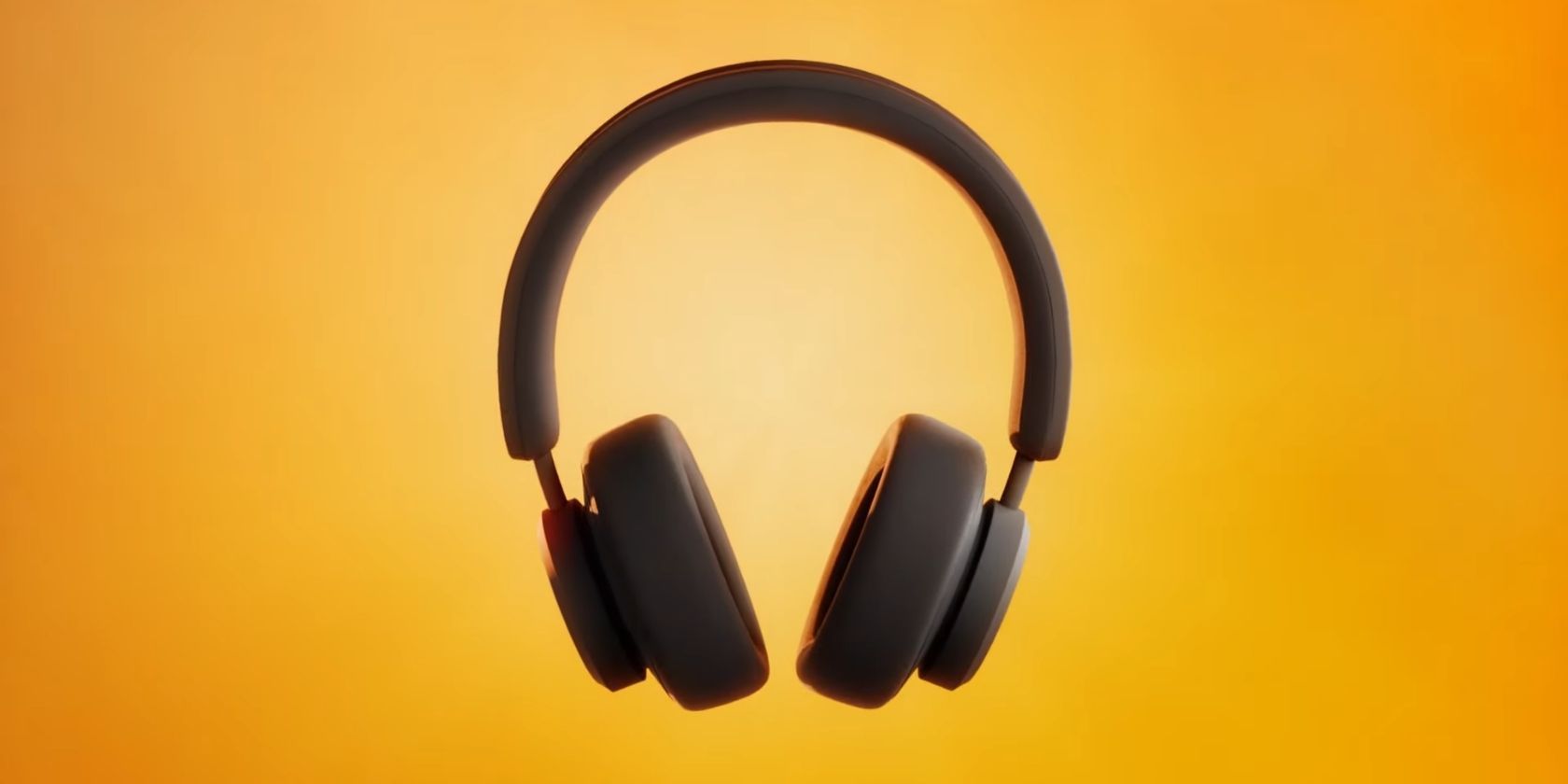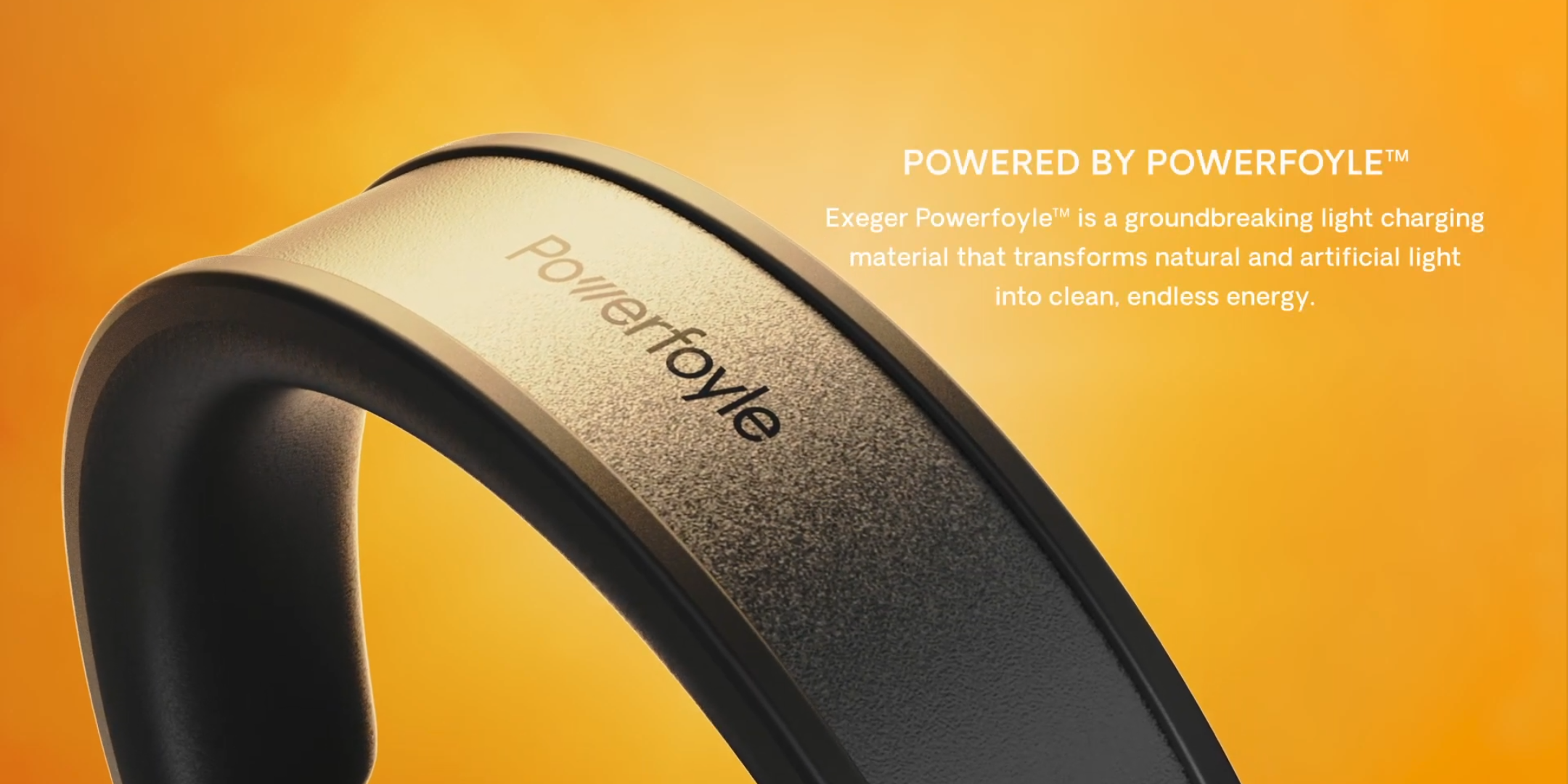On paper, the idea of wireless solar-powered headphones makes perfect sense. They charge while you use them, without ever having to be near a wall socket. But how well does that idea play out in reality?
This article explains what solar-powered headphones are, how they work, and figures out if they are practical. But most importantly, we'll answer whether solar-powered headphones are worth the money.
How Do Solar-Powered Headphones Work?
Just like solar panels, solar-powered headphones work by converting light into energy and can deliver virtually infinite playtime, given the endless solar energy we get from the sun. As you can guess, they work better outdoors than indoors due to the direct exposure to sunlight.
On the surface level, the idea makes a lot of sense. You see, regular wireless headphones need to be charged either through a wired charger or a wireless charging pad; both options require you to wait for the device to charge till you can use them again.
Solar-powered headphones solve this problem. Wearing them, you can go wherever you want without having to worry about running out of juice, provided that the place has adequate light.
3 Problems With Solar-Powered Headphones
As great as the tech is, it's filled with problems. The biggest one is reliability. It's not always sunny outside, so you are basically at the mercy of the weather. Plus, if your headphones don't have enough battery at night, you have no other option but to use a normal charger if you want to charge them, defeating the whole purpose.
Secondly, we know that all lithium-ion batteries inevitably degrade over time, but overheating can speed up this process. And since solar energy radiates not just light but also heat, your headphones will overheat and damage the battery if you put them directly under the sun to charge quicker. It's a dilemma between charging faster and preserving battery health.
The third problem with solar-powered headphones has to do with how batteries work. The ideal state for a battery is to stay near 50% for as long as possible to maximize its overall lifespan. But since solar-powered headphones are always charging, they will sit at 100% charge way more often, contributing to faster battery degradation.
Are Solar-Powered Headphones Worth It?
There are three things that solar-powered headphones need to have to be worth the money.
- Huge battery reserve: If the battery is going to degrade anyway, you might as well start with a big one. This way, the degradation won't affect you that much, and you can still use the device for at least five years before it starts to become bothersome.
- Efficiency: If the energy conversion in the headphones is not efficient, the device will take forever to recharge, especially indoors or in cloudy weather, reducing playtime. To ensure convenience, this process needs to be efficient enough to avoid painfully slow charging.
- Solid build and wired charging port: If the thin solar film on the headband breaks or malfunctions, you're screwed. To avoid this, a protective coating is necessary. Water and dust resistance would further ensure the device's longevity. Also, it needs to have a wired charging port to charge indoors or at night to ensure reliability.
Solar-Powered Headphones Won't Suit Everyone
Many things need to go right for solar-powered headphones to start making sense, especially at the hefty price they currently retail at. For most people, they are not the right buy given their obvious limitations.
That said, for the people who live in sunny places, do a lot of outdoor activities, or are avid travelers, solar-powered headphones are a pretty compelling product. As far as sustainability is concerned, they are indeed less damaging to the environment than regular wireless headphones, but probably not as much as you'd think.


